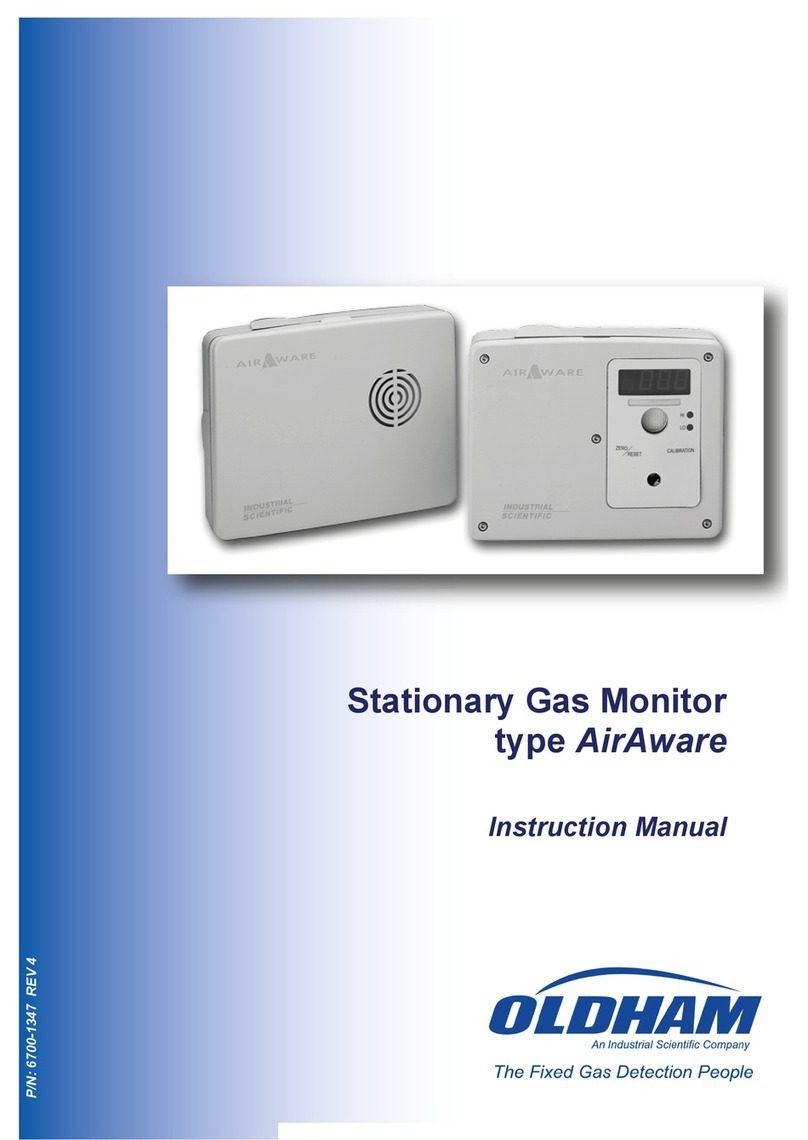
8
List of Figures
Figure 1: Horizontal Field of View.................................................................................................................................14
Figure 2: Vertical Field of View......................................................................................................................................15
Figure 3: Indication LED: Indication LED....................................................................................................................16
Figure 4: Detector with Tilt Mount.................................................................................................................................24
Figure 5: Tilt Mount Assembly........................................................................................................................................25
Figure 6: Tilt Mount Assembly (dimensions in mm and inches)...............................................................................26
Figure 7: Detector with Cover Removed........................................................................................................................27
Figure 8: Wiring Terminals ..............................................................................................................................................41
Figure 9: Typical Wiring For 4 Wire Controllers (Using Option 1 or 2 Wiring)....................................................42
Figure 10: 0-20mA Wiring (Sink) 4-Wire Connection................................................................................................42
Figure 11: 0-20mA Wiring (Source) 3-Wire Connection............................................................................................43
Figure 12: RS-485 Networking........................................................................................................................................43
Figure 13: SharpEye IR3 Long Range Fire Simulator 20/20-310.............................................................................44
Figure 14: 40/40I IR3 Detector Target Point.................................................................................................................45
Figure 15: Tilt Mount........................................................................................................................................................46
Figure 16: Weather Protection.........................................................................................................................................47
Figure 17: Laser Detection Coverage Pointer...............................................................................................................47
Figure 18: Air Shield .........................................................................................................................................................48
List of Tables
Table 1: WiringOptions....................................................................................................................................................10
Table 2: Sensitivity Range Levels ...................................................................................................................................13
Table 3: Fuel Sensitivity Ranges.....................................................................................................................................14
Table 4: Immunity to False Alarm Sources ...................................................................................................................15
Table 5: Welding Immunity Distance.............................................................................................................................16
Table 6: LED Indications..................................................................................................................................................16
Table 7: Available Output Types.....................................................................................................................................17
Table 8: Detector Status....................................................................................................................................................17
Table 9: Output Signals versus Detector State..............................................................................................................18
Table 10: Results of a Successful BIT............................................................................................................................20
Table 11: Results of an Unsuccessful BIT.....................................................................................................................20
Table 12: Results of a Successful Manual BIT .............................................................................................................21
Table 13: Results of an Unsuccessful Manual BIT ......................................................................................................21
Table 14: Tools ...................................................................................................................................................................22
Table 15: USA Version.....................................................................................................................................................25
Table 16: European Version.............................................................................................................................................25
Table 17: Model 40/40I Wiring Options........................................................................................................................28
Table 18: Sensitivity Settings...........................................................................................................................................29
Table 19: Functions............................................................................................................................................................30
Table 20: Default Function Values..................................................................................................................................32
Table 21: Results of Successful Fire Simulator Test....................................................................................................33
Table 22: Troubleshooting Table.....................................................................................................................................35
Table 23: Contact Ratings.................................................................................................................................................37
Table 24: 20 mA Current Output.....................................................................................................................................38
Table 25: Maximum DC resistance at 68°F (20ºC) for copper wire..........................................................................40
Table 26: Wiring length in feet (meter)..........................................................................................................................41
Table 27: Wiring Connections.........................................................................................................................................42
Table 28: Sensitivity Ranges............................................................................................................................................45






























